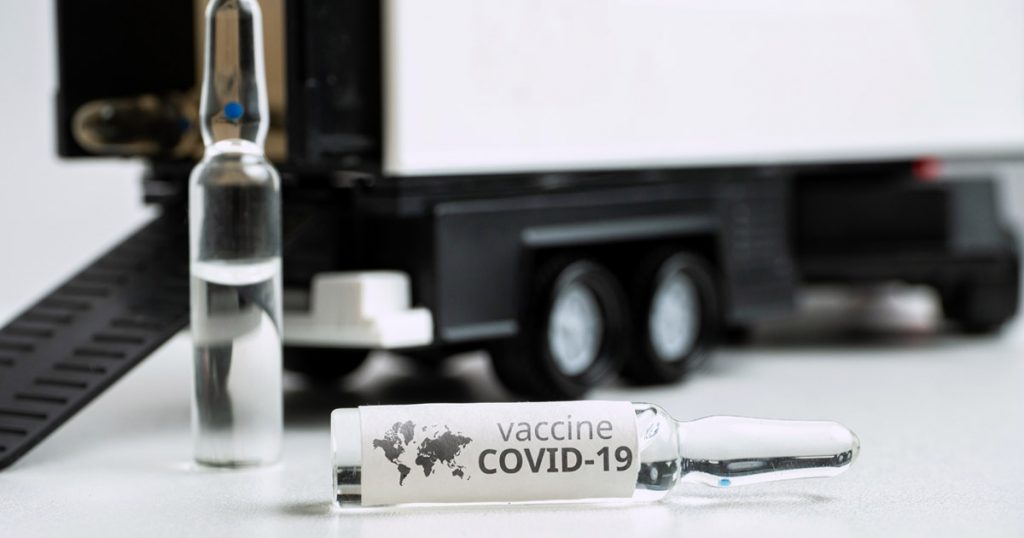
The world is currently in a battle to prevent its citizens from getting COVID-19. Some countries already started immunization programs for their population. Many well known pharmaceutical companies like Pfizer, Moderna, and Oxford/AstraZeneca have created vaccines with high efficacy rates. This presents an entirely new challenge for logistics companies to transport vaccines quickly so people can already avail these vaccines and start to live their everyday lives normally.
Transporting vaccines entails a significant amount of effort since it involves a very sensitive process to prolong the effectiveness of each dose. Most vaccines require storage in freezer-like temperatures commonly found in pharmaceutical laboratories. These vaccines require low temperatures up to -80ºC when being transported from source to destination.
In the Philippines, 600,000 doses of China-made vaccines have finally arrived, and other vaccine brands are scheduled to be delivered soon. Vaccine delivery comes next, which is one of the crucial steps of immunization. A vaccine delivery provider must ensure that all vehicles will work well and refrigeration will not impede or damage the vaccines’ effectiveness. Especially with the Philippines’ geography, it is a must that vaccine transportation is prioritized to make sure that every dose will be delivered safely and secured.
What Are The Components of Vaccine Distribution?
The logistics capacity has dramatically increased in the past year as most people started using eCommerce platforms to purchase their daily necessities. Vaccine distribution is another ball game that logistics companies will have to play well.
The scale of distribution increases as more countries avail ample supplies for their population. Vaccine distribution must be planned out in every single detail possible. The key components of achieving a successful vaccine delivery are:
- Cold Chain Capacity
- Storage Requirements
- Last-Mile Delivery
Cold chain capacity is an essential factor in vaccine delivery. Most vaccines available require a low temperature to prevent damage to their effectiveness when administered to a person. It is vital for supply chain companies to prepare for these requirements from vaccine manufacturers.
Storage requirements are also essential when it comes to distribution, particularly in areas that have hot climates. Storage capabilities should be built to render excellent protection for the vaccines in unexpected circumstances like a power outage.
Lastly, vaccine distribution providers should plan out an effective process for last-mile delivery. Once the vaccine arrives, there will be a heavy reliance on local distributors such as pharmacies for distribution, and special training is required.
Clearly, the process of vaccine distribution is an enormous challenge. But the fact that it is already available illustrates the collective effort that was poured in to surpass the pandemic so that people can go back to their normal lives.
SEE ALSO:
